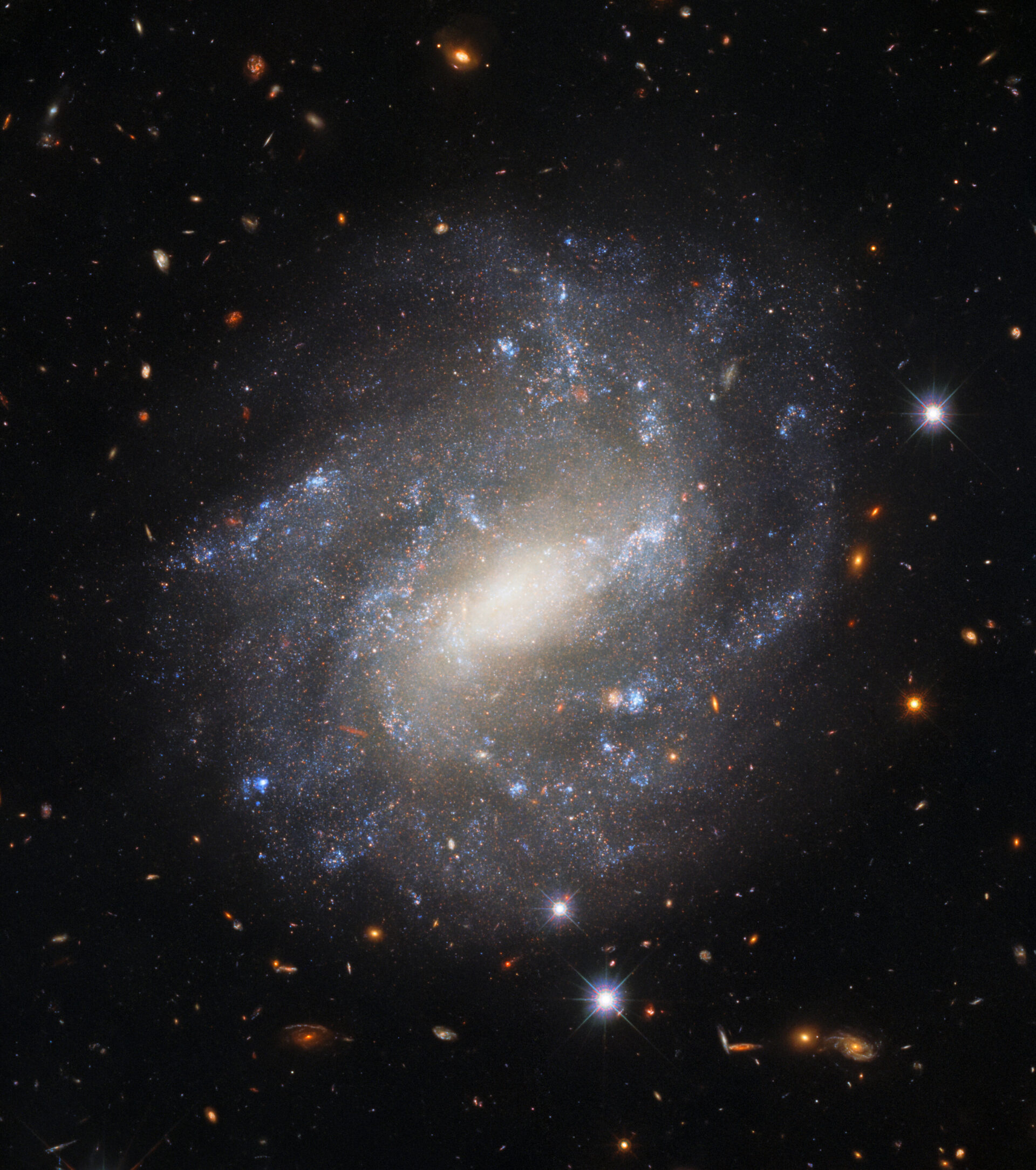The universe is huge, but how big? Measuring its size is a very difficult task. We know that the universe is expanding, and with acceleration, but the exact speed of this expansion has not yet been established. One of the methods of this measurement is to establish cosmic distances. For this, any object can be selected – cepheids or supernovae. Each of these objects is useful for determining long distances, but they need to be calibrated to each other to be accurate.
When scientists see a pulsating star, they determine its true brightness and compare it with the visible one, thanks to which it is possible to determine how far away it is. For even more distant objects, type Ia supernovae are used as a measure of distance. Since these explosions always have approximately the same brightness level, they are compared with the true one to determine how far away they are. But in order to accurately measure the distance, we need a way to calibrate distance calculations based on cepheids and compare them with supernovae.

This is where galaxies like UGC 9391, containing cepheid variable stars and a newly generated type Ia supernova, appear. This week’s image taken by the Hubble Space Telescope shows this handy distance measuring tool in all its beauty.
“UGC 9391 helps astronomers improve distance estimation. This is a natural laboratory for comparing two measurement methods – supernova explosions and cepheid variables. Increasing the accuracy of measuring distances helps astronomers quantify how fast the universe is expanding — one of the key goals of the telescope,” the scientists explained.
Earlier we reported on how Hubble got a portrait of two interacting galaxies.
According to NASA
Follow us on Twitter to get the most interesting space news in time
https://twitter.com/ust_magazine
